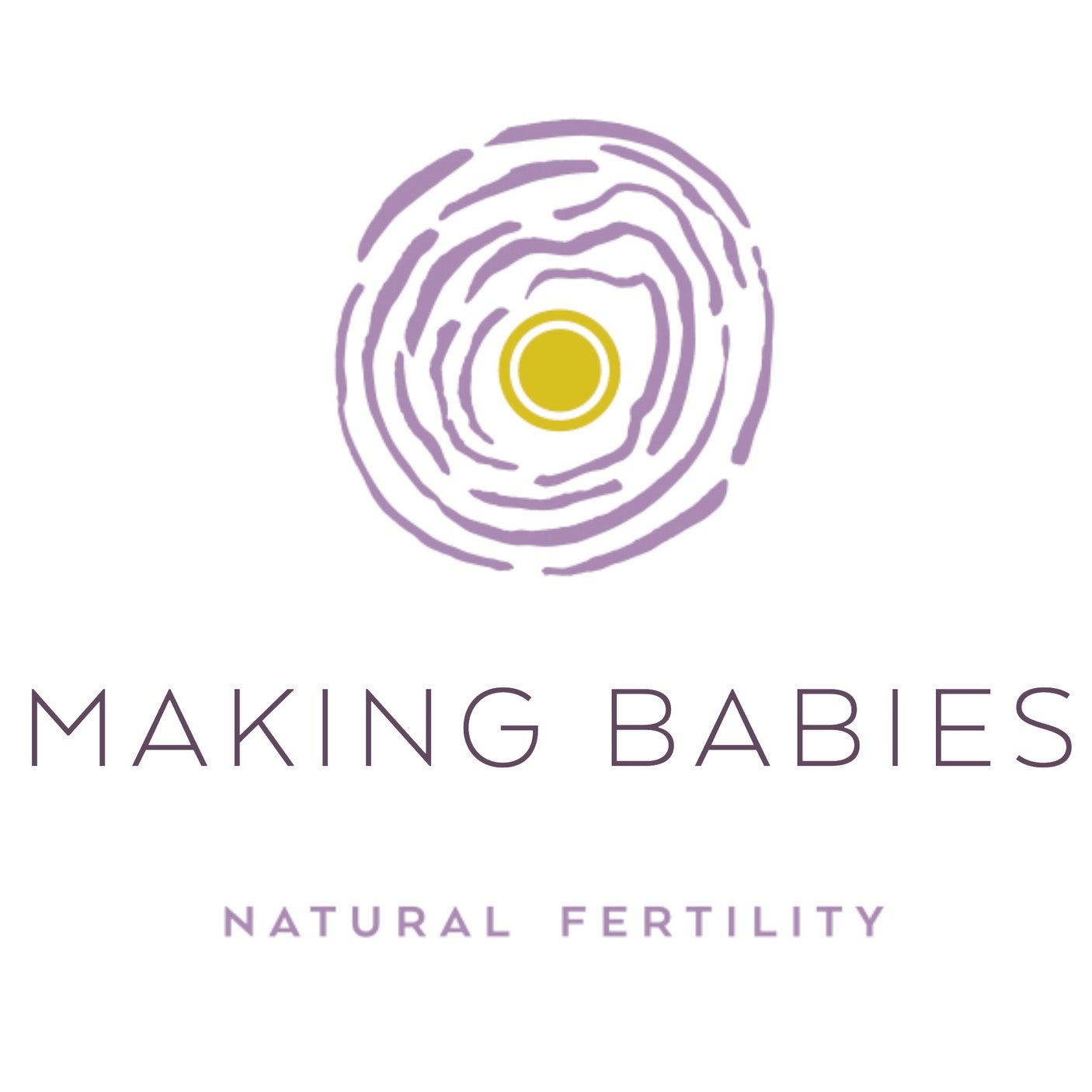Mighty Mitochondria and Coenzyme Q 10 (CoQ10) to the rescue
Good quality eggs that can lead to blastocysts are found to produce a certain level of ATP/energy or mitochondria. All stages of the reproductive process rely on good energy supplies. Boosting your eggs and ovaries energy supply begins with supporting their mitochondria, or powerhouses of the cells, to increase both mitochondrial number and efficiency.
Mitochondria convert the food that you eat into the energy that your body uses. They’re the “engine” of your eggs.
What you need to know about mitochondia
· Eggs have about 200 times more mitochondria than any other cell. When eggs are developing, they use large amounts of energy. (Eggs are the largest human cell, sperm are the smallest)
· They provide energy by converting food into ATP which fuel the cell’s activities.
· As we age, the mitochondria become less efficient and fewer new, healthy ones are made, resulting in older eggs producing less ATP/energy.
· Both eggs and sperm have mitochondria. Eggs have large quantities of mitochondria as they need to power so much of the reproductive process. Sperm have only enough mitochondria to reach the egg. While the egg cell is working hard to create up to a half a million mitochondria, there are only a couple of hundred in the sperm cell. Once fertilization occurs, the fertilized egg destroys the mitochondria from the sperm. Only maternal mitochondria survive and are inherited by the baby.
· In females, the process of oogenesis (egg development) begins during fetal development and continues until menopause. During this time, the eggs are constantly exposed to environmental insults and oxidative stress, which can damage the mitochondrial DNA and lead to a decline in mitochondrial function.
· Young egg cells have about 75% more ATP than egg cells from older women. Successful cell division, fertilisation and implantation has more to do with how much energy the egg has than with your actual chronological age.
Preloading energy for the reproductive journey
The total amount of mitochondria does not increase further during the first few days after fertilisation, making it critical to have an abundant reserve to start with. The task ahead, from fertilisation to implantation, requires abundant ATP to support the entire journey. Any shortfall can result in DNA damage and an incompetent egg leading to possible failure at any further stages of the reproductive process.
The power to recharge your mitochondria and boost your eggs energy supply is yours. Here are some potential ways to increase the number of mitochondria in an egg:
· Dietary changes: Eating a healthy diet rich in antioxidants and essential nutrients can support mitochondrial function. Nutrients that support the building blocks for producing ATP like - B vitamins, magnesium, iron and manganese. Mitochondrial function decreases as we age due in part to oxidative stress so getting plenty of antioxidant-rich foods in your diet is important.
· Supplementation: Certain supplements, such as Coenzyme Q10 (CoQ10), have been shown to improve mitochondrial function and increase the number of mitochondria in cells. Supplements that have been shown to improve mitochondrial function include CoQ10, NAC, and magnesium.
· Some OTC medications taken regularly could be affecting your mitochondria. Certain medications interact with CoQ10 by interfering with CoQ10-dependent enzymes, lowering their concentration in the body.
Co Q 10 to the rescue
· CoQ10 helps the eggs produce the vast amount of energy needed for all stages of conception – from ovulation, fertilization, and implantation, to division from one cell into a healthy baby.
· Within the mitochondria, 95% of all cellular energy production depends on CoQ10. As an antioxidant, it protects the eggs from damage caused by toxins.
· Male infertility benefits from Co Q10 too. It is found in seminal fluid where it protects the sperm from damage and improves motility.
· Co Q10 is an antioxidant that was extensively researched for its benefits on heart health and circulation. As it happens, good blood flow is important to fertility as well making exercise beneficial for mitochondrial biogenesis.
· Deficiency of CoQ10 is thought to contribute to the accelerated egg loss and poor pregnancy outcomes seen with aging.
CoQ10 dosing recommendations – 400-600 mg/d starting at least 3 months before IVF or a planned conception. It is preferable to buy Co Q10 in its ubiquinol form, as it is better absorbed than ubiquinone. If you are trying to conceive naturally, then stop the supplementation when you have a positive pregnancy test.
Van Blerkom J. Mitochondrial function in the human oocyte and embryo and their role in developmental competence. Mitochondrion. 2011;11(5):797-813. doi:10.1016/j.mito.2011.04.005
Ben-Meir, A., Burstein, E., Borrego-Alvarez, A., Chong, J., Wong, E., Yavorska, T., ... & Casper, R. F. (2015). Coenzyme Q10 restores oocyte mitochondrial function and fertility during reproductive aging. Aging Cell, 14(5), 887-895. doi: 10.1111/acel.12368

